Educating the Whole Child by Capturing Hearts

“It takes a village to raise a child.”
As I reflect on this age-old adage, I would add that it also takes courageous, collaborative leadership and a very intentional focus on developing the relationships within the “village” to deliver on the promise. Over the course of the past 5 years, Tacoma Public Schools, located in Washington State, has done just that. As the district opened the 2017-2018 school year, they joined the greater Tacoma community in celebrating the mid-way point of their 10 year initiative with the vision and goal of strategically transforming a city. Appropriately titled, the Tacoma Whole Child Initiative (TWCI) (a blueprint in mid-build) started with a foundation of transforming schools by providing holistic learning for each and every student.

An initiative that started in 2012, Tacoma found itself in a state of dissatisfaction with results around not only graduation statistics, but disparities in discipline and student achievement as a whole. In partnership with University of Washington Tacoma’s Center For Strong Schools, the initiative is aimed at working on the bigger picture of whole student development and finding a way to better support the entire learning community as they serve each and every student. As described in this video, it is a 10-year partnership between the district and the University of Washington Tacoma designed to support “every child, becoming a whole child.” It has grown to include partnerships across the city that enhance all aspects of development to support academic, social and emotional growth.
“It’s more than just an effort to make kids smarter, It’s an effort to make sure that they are very prepared for life after high school.” – Carla Santorno, Superintendent of Tacoma Public Schools
I recently caught up with Dr. Josh Garcia, Deputy Superintendent for Tacoma Public Schools and Dr. Greg Benner, University of Washington Tacoma Professor of Education and Executive Director of the Center for Strong Schools, and was excited to learn of progress since my departure from my role as Principal within the district. Humble in their presentation of their roles as part of the team that is dreaming, designing and delivering TWCI, they were genuine in deflecting credit and equally sincere in applauding the school board, university, staff, parents and community partners as a whole. They were, notably, most proud of the student gains and the reflections captured over the course of the first years with a shared “we’re not done yet” demeanor in body language and voice. Dr. Benner described his commitment, determination and resilience as a comparison to the 1930’s classic The Little Engine That Could, with a full speed ahead approach and a very well-articulated comparison in the resilience of staff across the district.
As we dove into the “recipe” for student-centered community change on a scale that rivals anything I have seen, I uncovered some key takeaways from our conversation, which on their own would prompt gains, but together, blend to create unstoppable momentum around developing the whole child and ultimately supporting the delivery of positive change.
“Students will be safe, healthy, engaged, challenged and supported.” – Dr. Josh Garcia, Deputy Superintendent of Tacoma Public Schools
Share the “Why”
A continuous topic within our work and an integral part of change, knowing and communicating your “why” must be the base of everything that you do. If there is not a shared value and understanding behind the “why,” initiative progress and fatigue has the potential to set in, with an outcome of delayed accomplishment. Only once the “why” has been established and regularly communicated, will partners in the process be able to genuinely share ownership and personalize it for themselves as allies for sustainable change.
Infrastructure: Align, Calibrate and Embrace Accountability
Change initiatives require an honest approach to understanding that there will be continuous alignment and calibration. Both partners and resources will require attention on a moving scale, day-to-day and year-to-year. Additionally, be confident in designing accountability systems at all levels of the movement. Growth will accelerate through meaningful reflection and assessment of implementation and will directly guide re-calibration and realignment. Find flexibility in design and celebrate insights that arrive during the process. Another support for increased accountability is making the work public. As outlined in the district’s Strategic Plan, they have aligned all aspects of TWCI to support tangible outcomes that are continuously revisited.
Stakeholder Development
Intentional learning is the key to developing partners who have immediate access to students. This includes all members of the internal and external learning community. Be specific in supporting the needs of various groups and open to opportunities from obvious and less obvious partners, with transparent translation of expectations and roles. It is also advantageous to illustrate how all members play vital roles and as they come together, momentum towards shared targets gain focus and solidify infrastructures to sustain change over time.
Partnerships
As a large, urban district, one of Tacoma’s greatest strengths is delivered through their diverse community that shares a common passion for the city, even more so, the youth that will lead its continued growth. The TWCI blueprint has four shifts that are intentional building blocks to not only develop whole students, but positively transform the community. With each shift, additional partnerships add depth to the layers of support that students receive.
- Shift 1: School Transformation
- Shift 2: Community Organizations and Programs
- Shift 3: Families
- Shift 4: Neighborhoods
Communication and Celebration
Celebrate growth and be public in communicating it to all members of the greater learning community. In education, we often allow ourselves to become hyper-focused on a single element of student development. By celebrating the holistic growth of each whole child, we acknowledge that we are making progress. These public communications and even more so, celebrations, promote hope, progress and affirmation around what we have collectively done in route to what we will continue to collectively accomplish.
Agency: Student Voice
At the center of it all lies the student. Be committed to designing systems that capture and set a stage for student voice. Shared ownership in their experience and reflections into what is working or not, are the most valuable insights that can be gathered. Apply the practice of listening into a translation of decisions and actions.
The Tacoma Whole Child Initiative is an incredible example of what can happen when we acknowledge that “we can do better” and the momentum that is created when communities unite to serve each and every whole child. In discussing Dr. Benner’s why, he shared a mindful picture of an intersection where captured hearts meet implementation science that have merged to create a driven purpose that could only be summarized as an unconditional love for the city.

For more on school and district leadership, see:
- The 5 Pillars of Whole School Transformation
- Great Educators Teach the Whole Child: Integrating SEL In the Classroom
- 5 Ways To Include Student Voice In School Change
- An Assessment for Change: “Is It Best for Kids?”
Stay in-the-know with all things EdTech and innovations in learning by signing up to receive the weekly Smart Update.
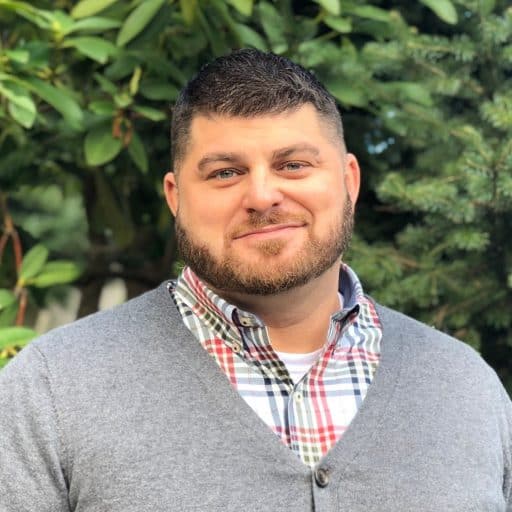

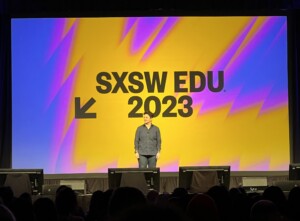
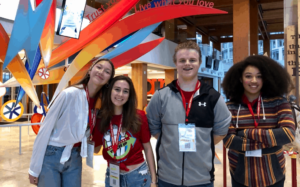
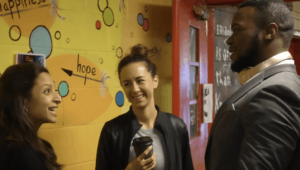
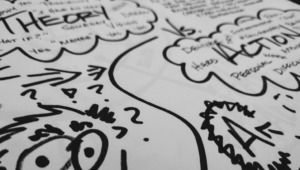
0 Comments
Leave a Comment
Your email address will not be published. All fields are required.